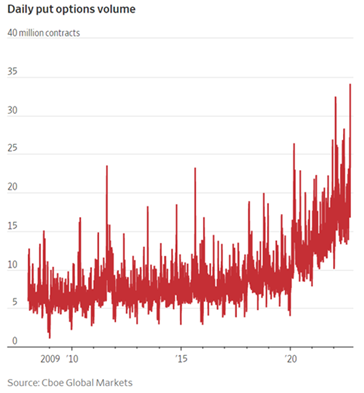Just a few short years ago, this anonymous writer couldn’t bear to watch scary movies. Now, I can’t get enough of them. I think that’s because, when it comes down to it, we’ve lived through so much insanity since 2020 that thrillers no longer have the same impact.
However, markets this year have been scary. For the first time in decades, the ghosts and ghouls of the investment world have resurrected to haunt global markets – inflation, rising rates, and a war led by a ruthless dictator.
As a result, indices around the world have been painted in a blood red, with investors (and rightly so) catching a case of the portfolio scaries, moving towards defensives or worse, cashing in their holdings as stocks plummet.
Livewire’s Ally Selby was joined by Plato Investment Management’s Dr Don Hamson and Wheelhouse Partners’ Alastair MacLeod for this Halloween special of Buy Hold Sell.
In it, our fundies share the biggest portfolio changes they have made this year, the positions that have come back to haunt them, as well as some ghost-busting stocks that can help blow off those cobwebs in your portfolio over the months ahead.
Note: This episode was filmed on Wednesday 26 October 2022. You can watch the video, listen to the podcast, or read an edited transcript below.






